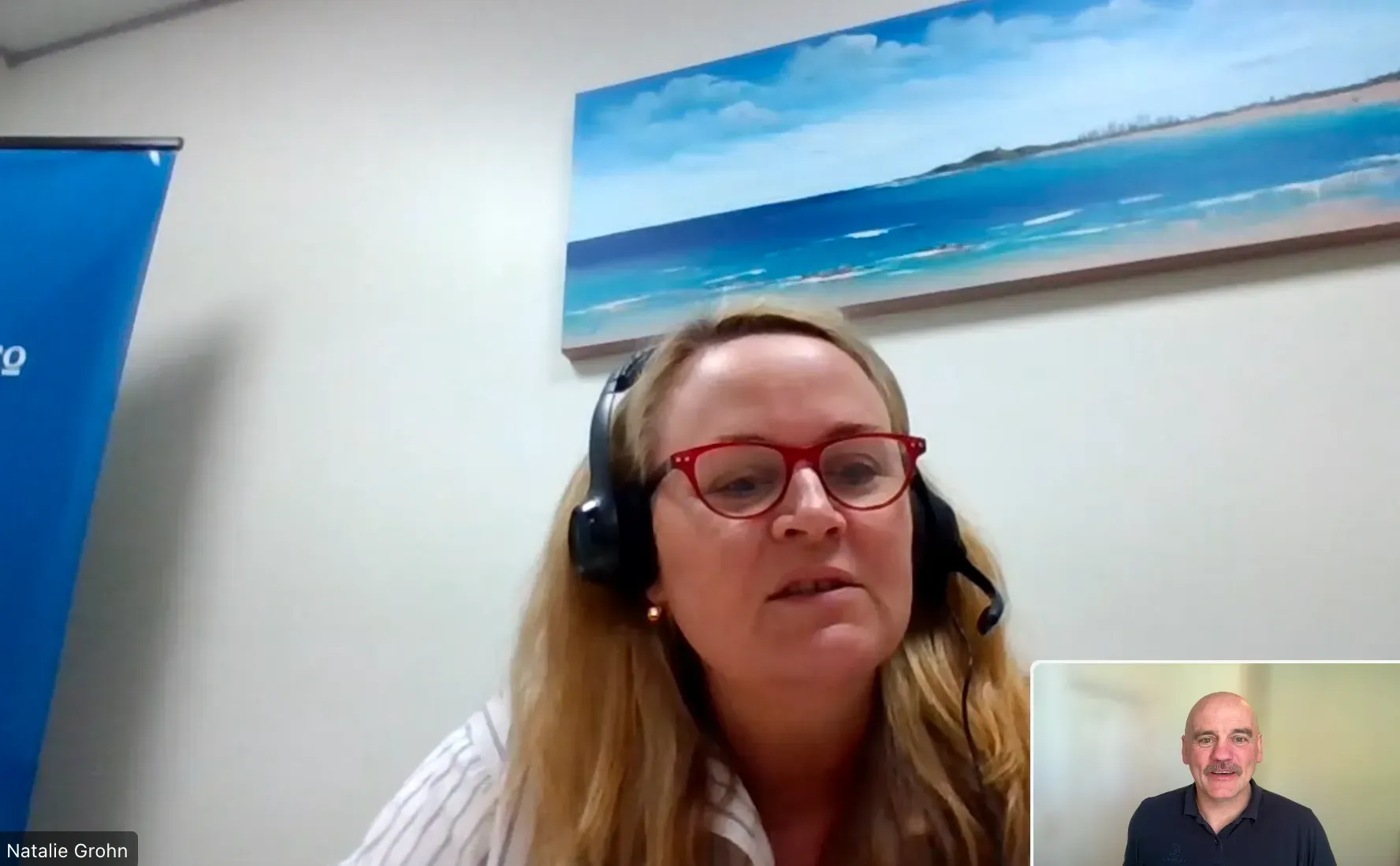Monitoring cash flow can quickly turn into a full-time job. Many business failures are related to issues with managing cash flow and without a healthy cash flow, you are unable to pay bills, invest in new opportunities, and grow your business effectively. There are various practical strategies that can be used with the help of Xero for optimising your invoicing process, speeding up your payment collections, getting cash in faster, and improving cash flow.
Cash Flow refers to the amount of cash flows in and out of your business over a specific period. Put simply, it is the movement of money into and out of a business. Cash flow can be
positive, meaning that more money is coming in then going out, or
negative, meaning that more money is going out than coming in.
When a business operates with
negative
cash flow it must find alternative means to satisfy its debts and expenses, such as dipping into its cash reserves. If the company continues to operate with cash flow outflow exceeding inflow. It will eventually deplete its cash reserves and runs the risk of defaulting on its debts. This may require additional loans or raising capital.
When a business operates with
positive
cash it means you have more cash coming in then going out. This does not mean that you should start spending your profits straight away. It is important to understand future anticipated cash flows before making any decisions. An understanding can be obtained by completing a cash flow forecast.
A forecast should consider any upcoming expenses that you have. By doing so you can ensure there is enough cash to cover expenses when they come due. It is also important to consider long term financial goals. If there is excess cash it might be better to consider investing in your business for business growth. This could include the upgrading of equipment or expansion to new premises, covering operating expenses, or simply taking a holiday.
Improving Collection
Cash flow software integrations can turn your cash flow concerns into cash flow confidence. Xero has various apps that can support cash flow decisions.
By identifying customers who are slow payers, you can put strategies in place to reduce the likelihood of these customers paying later in the future. These strategies include:-
- Tracking invoices
- Monitor payment history
- Credit checks
- Customer red flags
- Tracking Software
Credit checks allow you to assess any potential risk before doing business with a customer. These will highlight any red flags. This should be a standard part of due diligence when onboarding new customers.
Customer reminders sent by SMS or text message have a much higher open rate. By supplementing your email payment reminders with SMS messages, you can reach customers on the go, increase chances of getting paid on time, and improve your collection rates.
Offer flexibility in terms of payment arrangements. When customers are struggling to pay or have a large value invoice you can receive partial payments faster then if you asked for the full amount upfront. Offering extra flexibility helps build positive relationships with customers.
Improve Communication as a lack of communication can cause problems between sales and finance departments if not aligned or sharing information. It is important to facilitate cooperation and communication between departments to avoid doing repeat business with late payers who can put cash flow at risk.
Identifying Cash Flow Needs
By
diagnosing the problem, creating a cash flow statement, and checking it line by line you can see your biggest spends and sales more clearly. We can assist in setting up these reports. All processes and systems should also be regularly reviewed for improvements. Slow invoicing and poorly timed spending can leave you out of pocket or put you in a position of negative cash flow. So can delayed approvals or invoices.
Six ways to use Xero apps and features to support your cash flow
1. Connect your bank feeds
Transactions then automatically flow into Xero and bring all your accounts into one clear and up to date view.
2. Use data capture tools for receipts and bills
Data capture tools give you a better oversight on the money moving out of your business. This gives a clearer view of your exact financial position by capturing them in real time. Tools such as Hubdoc and Dext can save time on manual data entry and allow photos of receipts and invoices on the move that can be uploaded to phones.
3. Tighten up your approvals
Delayed approvals can cloud your cash flow picture as timing is everything when it comes to cash flow. Integrations such as Approval Max, Soldo and Lightyear enable you to set specific budgets and spending limits and controls for teams, projects and departments.
4. Enhance your invoices
The faster an invoice is issued the quicker payment is received. The Xero app lets you quote and invoice on the go. Xero can also schedule recurring invoices and automate reminders. The Chaser app gives you greater functionality with SMS invoice reminders that clients can click through to pay on their phones. Xero invoices also allow a pay now option.
5. Connect online payment options
With overdue payments being an increasing concern the more payment options provided, the better. GoCardless allows you to easily collect one-off and recurring payments, Stripe lets customers pay on the spot. These options can allow payment twice as fast. Ecommerce options include Square, Zettle and Shopify integrations pull transaction data into Xero, so you can see a live view of your income and assist with inventory management.
6. Use reports and forecasts
Cash flow projections in Xero can be customised. Using Xero Analytics Plus you can forecast the next 30 days, with Analytics Plus you can see what you can spend for the next three month. There are a number of reporting integrations that can be used. Including Float, Fathom and Spotlight.












